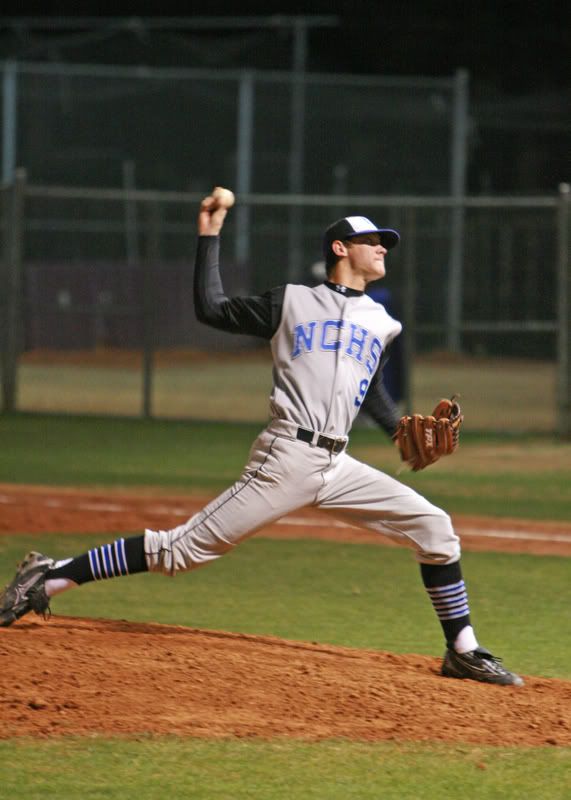Hey everybody
I'll be representing my school's media (I'd rather say that than slideshow club, yearbook, newspaper, and athletic council []) at one of our baseball games. The forecast seems fine for tommorow, so my EF-S 55-250 should do me fine in terms of speed.
What I'm bringing:
- 40D
- 430 EX flash (fill for team/individual shots)
- Tokina 12-24 f/4
- EF-S 17-85
- 55-250
- 50 1.8 II (aka Plastic Fantastic)
I plan to mainly use the 55-250 most of the time, but I'm sure I'll find use for the thrifty-fifty and Tokina zoom too. Yes, the guys at Getty have the 400's, but I can't afford that.[]
Anybody have good advice to share? Where should I shoot from? I frequently see the pros in the MLB shoot from the side by 1st base.
Any help would be really appreciated.
Thanks in advance,
- Alex



 Reply With Quote
Reply With Quote

